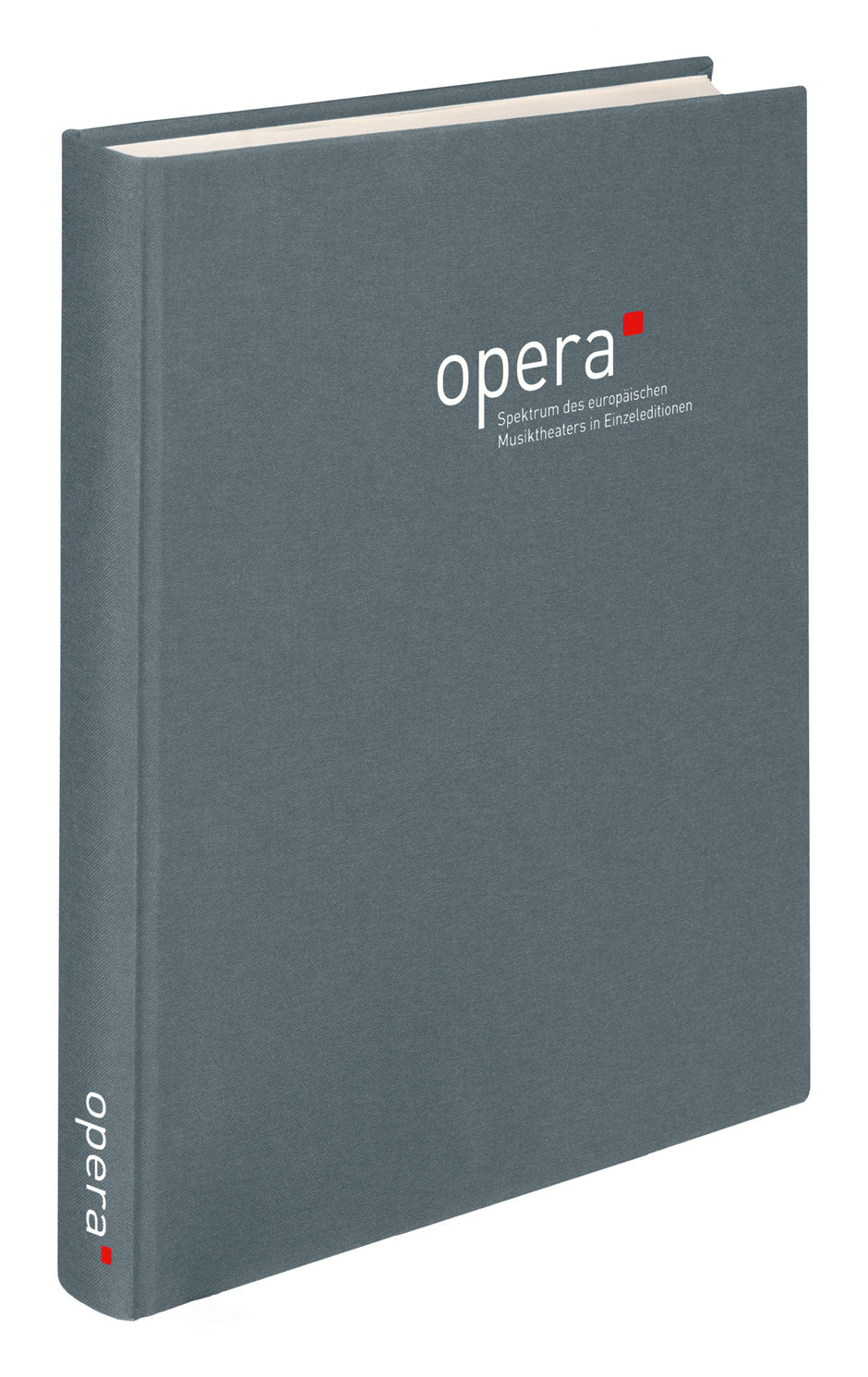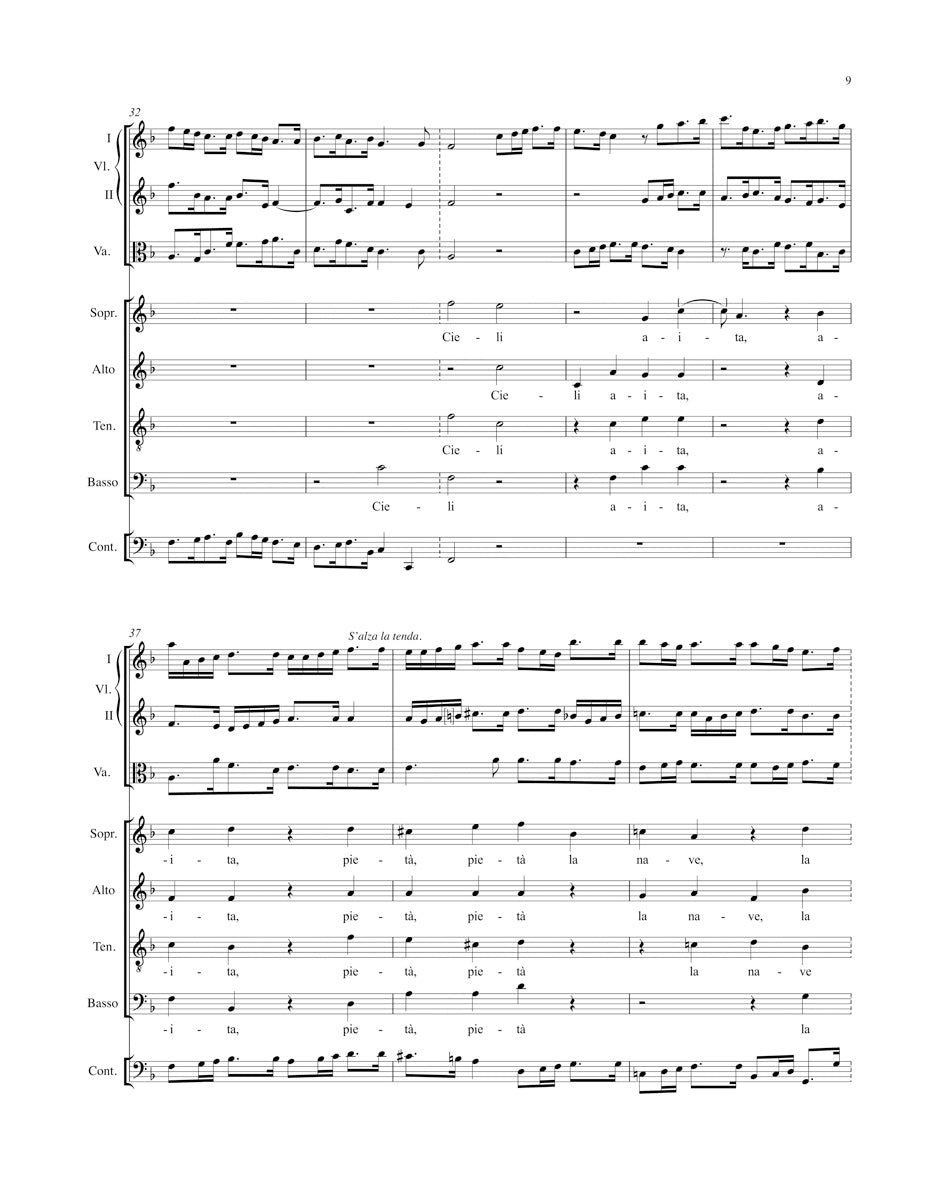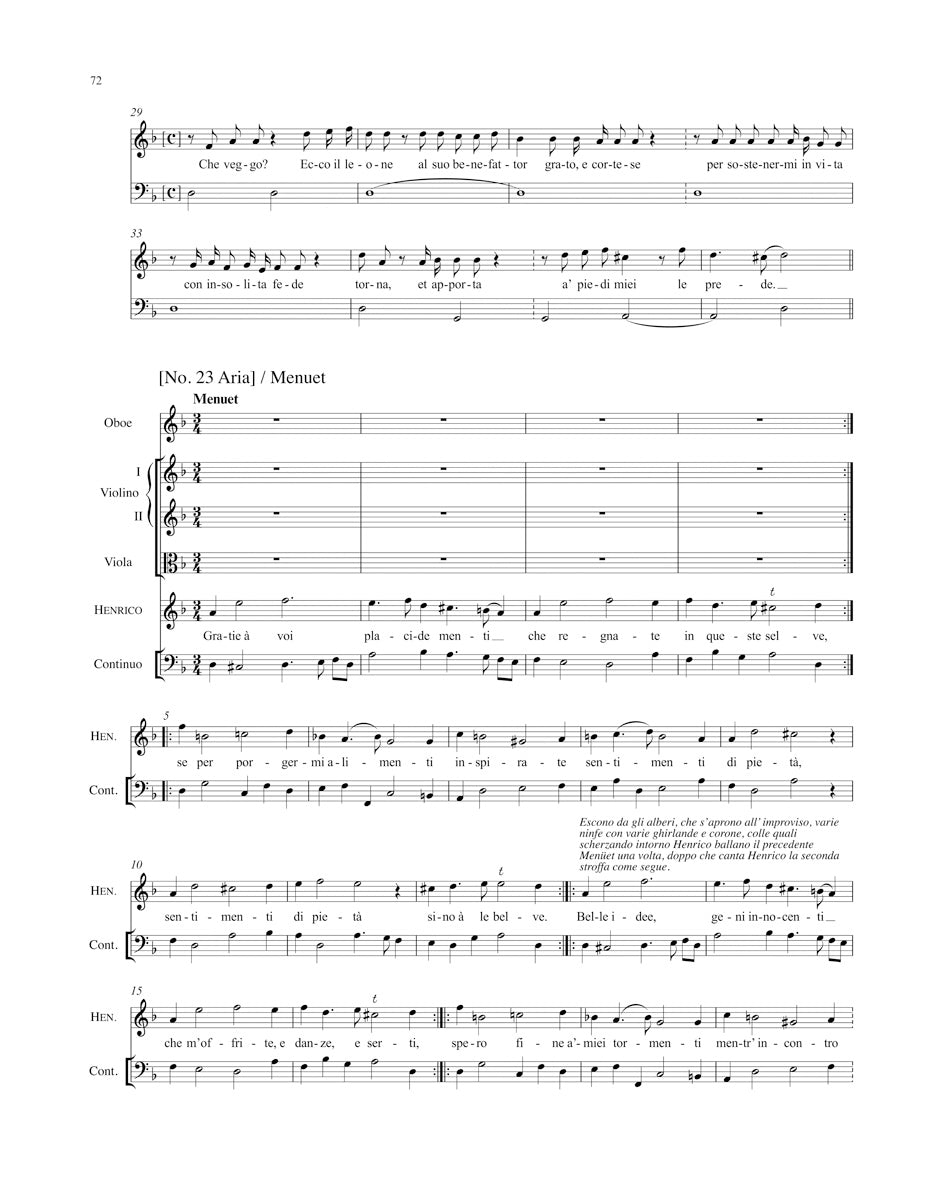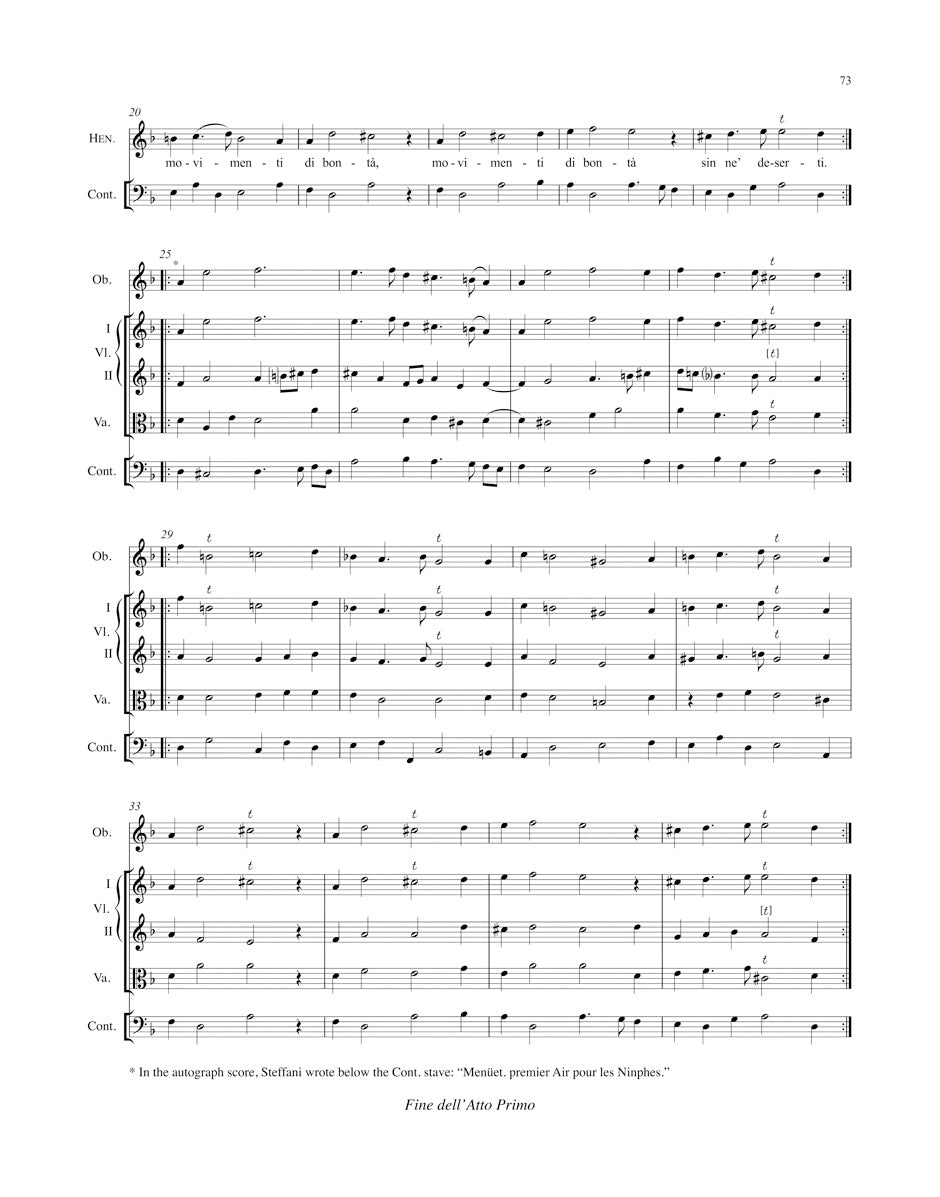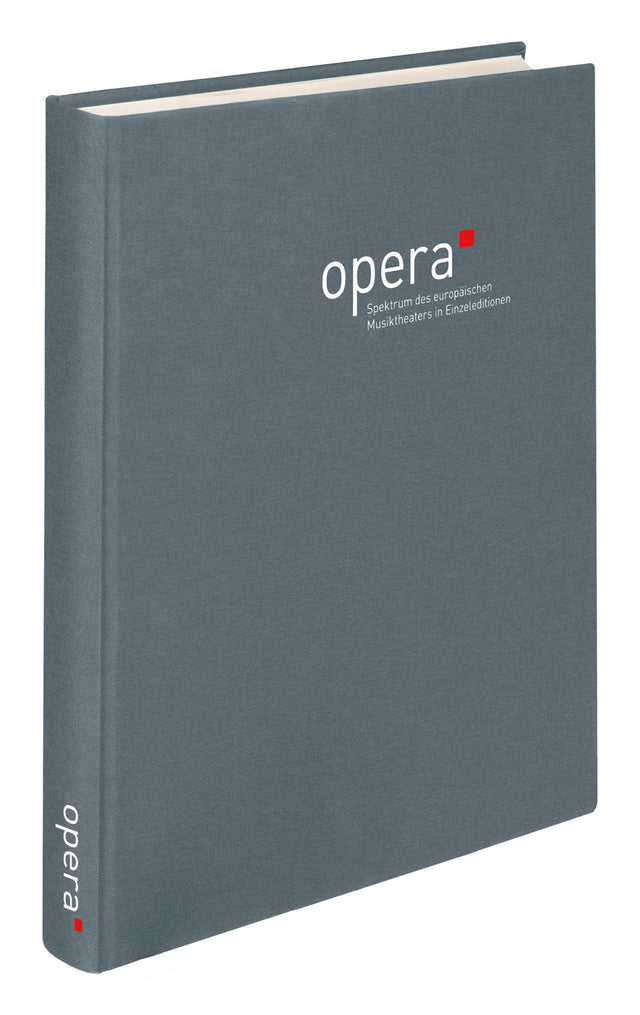Steffani: Henrico Leone
Expected to ship in about a week.
- Composer: Agostino Steffani (1654-1728)
- Format: Full Score
- Instrumentation: Opera
- Work: Henrico Leone
- Binding: Hardcover
- ISMN:
- Size: 10.4 x 13.0 inches
- Pages: 200
- Urtext / Critical Edition
Description
Agostino Steffani's "Henrico Leone" is a work that stands out in the history of opera at the end of the 17th century due to the confluence of very different factors. The world premiere marked the inauguration of the newly built opera house in Hanover in 1689. At the same time, the Hanoverian Duke Ernst August used this "dramma per musica" to demonstrate his claim to power and for political propaganda. The libretto by Bartolomeo Ortensio Mauro is based on historical material that is not only to be understood as an allegory of the ruling dynasty, but is also directly reminiscent of the most famous ancestor from the Welf dynasty. Spectacular was not only the state-of-the-art stage technology that Ernst August had installed in the new opera house and which offered previously unknown possibilities for the opening opera. He also had first-class artists including the composer Steffani and famous singers such as Nicola Paris and Vittoria Tarquini at his disposal.
Furthermore, the composition itself offered something astonishing for the time. The introductory Sinfonia already uses the thunder machine to represent the sea storm and the seamen's choir with its cries for help. Even before the Sinfonia including the seamen's chorus ends, Steffani's entry in the score, "S'alza la Tenda.", demands that the curtain rises during the Sinfonia. This allows the audience to see the staging of the shipwreck and thus the stage action already starts in the Sinfonia. Moreover, the composer knew how to move virtuosically between the Italian and French styles, and there is no lack of 'French elements' within this in many parts Italian opera. for example, Steffani drew on the divertissements of the tragédie lyrique as a model for Henrico's aria/menuet "Gratie à voi placide menti" (No. 23) at the end of the first act.
This edition of "Henrico Leone" enables a milestone of early opera history to be made accessible. The musical edition offers the 'definitive version' in the main section and the earliest layer of composition in the appendix. The text edition takes on not only the text of the stage work itself, but also the paratexts (including their French and German translations).
The fifth volume of the OPERA series consists of the cloth-bound volume and the Edirom on a credit card USB flash drive. Further information on the work and the OPERA series can be found at: www.opera-edition.com.
Publishers use a lot of words to describe what they sell, and we know it can be confusing. We've tried to be as clear as possible to make sure you get exactly what you are looking for. Below are descriptions of the terms that we use to describe the various formats that music often comes in.
Choral Score
A score for vocalists that only contains the vocal lines. The instrumental parts are not there for reference. Generally, cheaper than a vocal score and requires multiple copies for purchase.
Facsimile
Reproductions of the original hand-written scores from the composer.
Full Score
For ensemble music, this indicates that the edition contains all parts on a single system (there are not separate parts for each player). In larger ensembles, this is for the conductor.
Hardcover
Hardbound. Generally either linen-covered or half-leather.
Orchestral Parts
Similar to a wind set, this is a collection of parts. In the case of strings, the numbers listed are the number of copies included, though generally these are available individually (often with minimum quantities required).
Paperback
When publishers offer multiple bindings (e.g. hardcover) or study scores, this is the "standard" version. If you're planning to play the music, this is probably what you want.
Performance / Playing Score
A score of the music containing all parts on one system, intended for players to share. There are not separate parts for each player.
Set of Parts
For ensemble music, this indicates that there are separate individual parts for each player.
Solo Part with Piano Reduction
For solo pieces with orchestra, this is a version that contains a piano reduction of the orchestra parts. For piano pieces, two copies are typically needed for performance.
Study Score
A small (think choral size) copy of the complete score meant for studying, and not playing. They make great add-ons when learning concertos and small chamber works.
Vocal Score
A score prepared for vocalists that includes the piano/organ part or a reduction of the instrumental parts.
Wind Set
For orchestral music, this is a collection of wind and percussion parts. The specific quantities of each instrument are notated.
With Audio
In addition to the printed music, the edition contains recordings of the pieces. This may be an included CD, or access to files on the internet.
With / Without Fingering (Markings)
Some publishers prepare two copies - a pure Urtext edition that includes no fingering (or bowing) suggestions and a lightly edited version that includes a minimal number of editorial markings.

